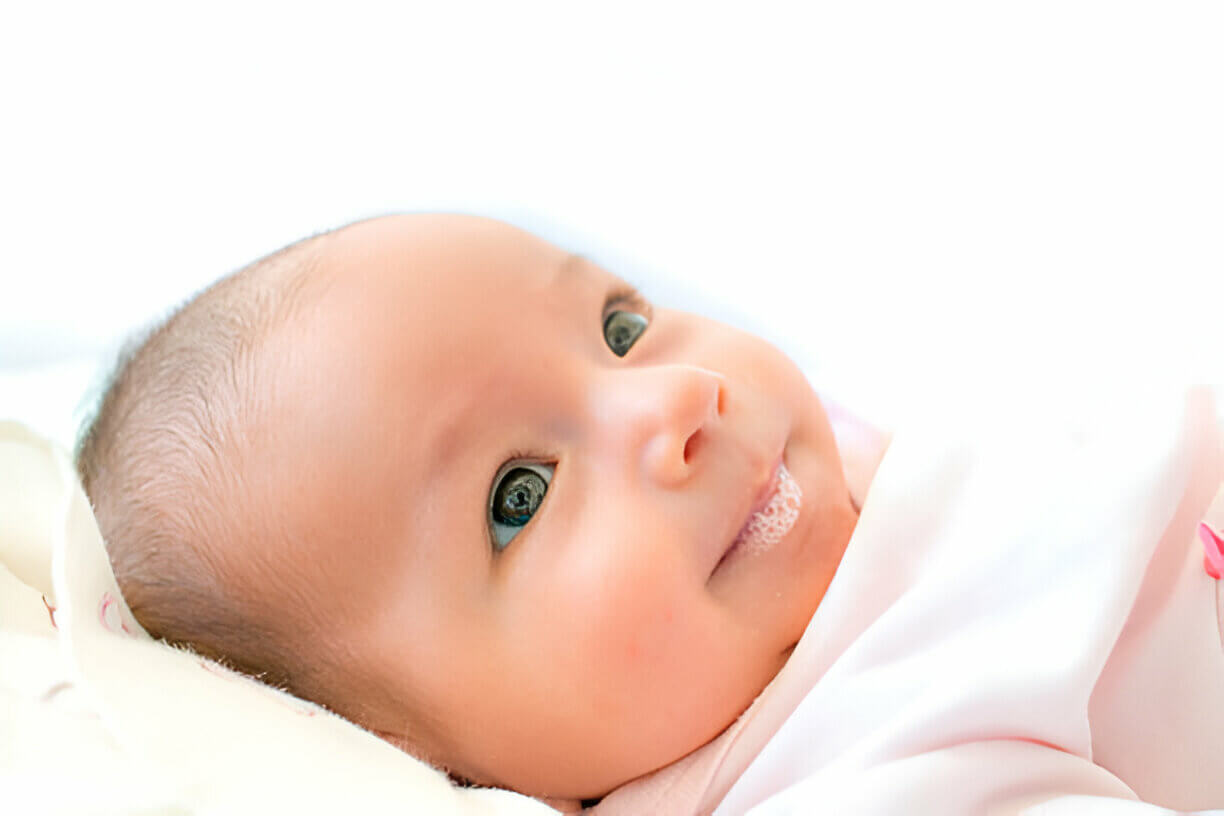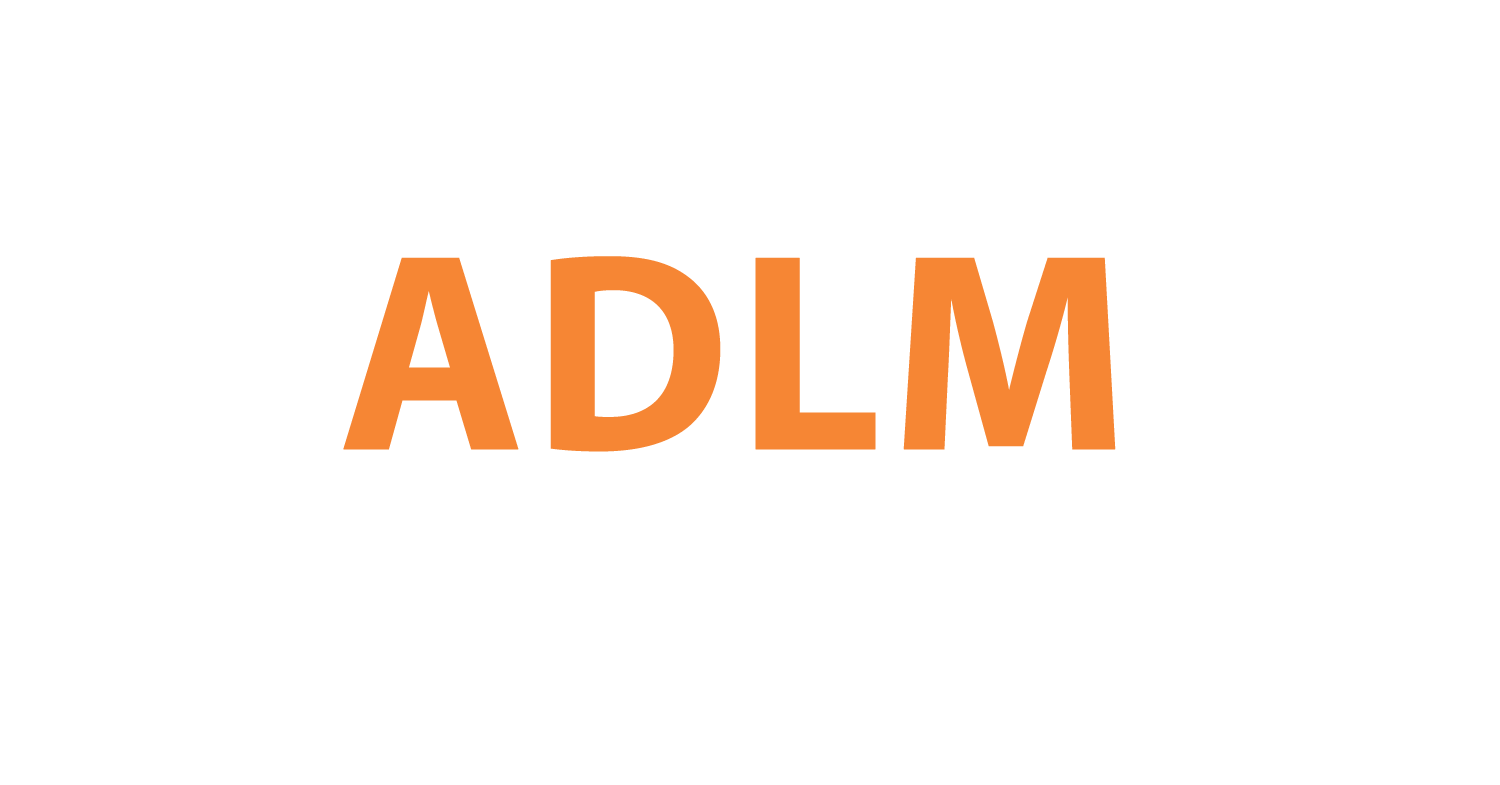How to Collect Saliva from An Infant?

Collecting saliva from infants requires patience, proper preparation, and a gentle approach. By following the recommended steps and considering the infant's comfort, researchers can obtain valuable samples that contribute to important scientific discoveries and ultimately improve our understanding of infant health and development.
How Should You Prepare for Infant Saliva Collection?
Before collecting a saliva sample from an infant, it's crucial to have the necessary supplies on hand. Typically, you'll need a saliva swab, a collection tube, gloves, a syringe, and a request form or questionnaire. Additionally, it's recommended to have two people present during the collection process, if possible. This way, one person can hold the infant while the other collects the sample. Ensuring that the infant hasn't consumed any food or fluids (except water) for at least an hour before collection is also advisable. If they have, offer them a drink of water and wait 10 minutes before proceeding.
What Are the Steps for Collecting Infant Saliva?
Once you have the necessary supplies and have prepared the infant, you can begin the collection process. Start by putting on gloves and removing the saliva swab from its packaging. Complete any accompanying forms or questionnaires regarding the infant's recent consumption. Then, label the saliva collection tube with the date of collection. Next, place one end of the swab under the infant's tongue, ensuring that a parent holds the swab in the mouth at all times to prevent choking. For very young infants, it may be necessary to collect saliva pooling at the corners of the mouth instead.
How Long Should You Collect Saliva?
The recommended collection time for infant saliva is 60-90 seconds. During this time, the swab should be rested inside the mouth or reintroduced into the mouth as needed until the lower third of the swab is saturated with saliva. It's important to be patient and gentle during this process, as it may take some time for the infant to produce enough saliva.
How Do You Extract the Saliva from the Swab?
After collecting the saliva, remove the plunger from the syringe and place the saturated swab inside. Fold the swab in half and place it inside the syringe. Then, replace the plunger and hold the syringe over the saliva collection tube. Compress the swab, pushing the saliva into the collection tube. The ideal volume of saliva is at least 1ml, but any amount collected is valuable for research purposes.
What Are the Final Steps After Collecting the Sample?
Once you've extracted the saliva from the swab, replace the lid on the saliva collection tube and discard the syringe and swab. Place the sample in the provided biohazard bag and seal it. Finally, complete the biological request form, indicating that a saliva sample has been collected, along with the infant's name, the date and time of collection, and the timepoint at which the collection occurred (e.g., one-year mark).
Is There Anything Else to Consider?
While the process of collecting infant saliva may seem straightforward, there are a few additional tips and considerations to keep in mind. For instance, if the infant's mouth seems dry or if they are taking medications that may affect saliva production, it may take longer to collect an adequate sample. In such cases, extending the collection time beyond the recommended 90 seconds may be necessary.
Additionally, it's important to be mindful of the infant's comfort and stress levels during the collection process. If the infant becomes distressed or agitated, it may be best to pause and try again at a later time. Remember, the goal is to collect a sample in a way that minimizes discomfort for the infant.
Why Is Collecting Infant Saliva Important for Research?
Collecting saliva samples from infants is crucial for various research studies related to infant health and development. Saliva can be used to measure levels of antibodies, hormones (such as stress hormones), and other biomarkers that provide valuable insights into an infant's immune function, stress levels, and overall well-being. By participating in saliva collection studies, parents and caregivers contribute to our understanding of infant health and help advance scientific knowledge in this field.
Click to View → Mantacc 93052 Saliva Collection Stick
The Mantacc 93052 saliva collection stick has a PVA sponge tip on a PS handle and can be used to collect saliva samples for a variety of testing purposes like DNA, RNA, cortisol and THC.











